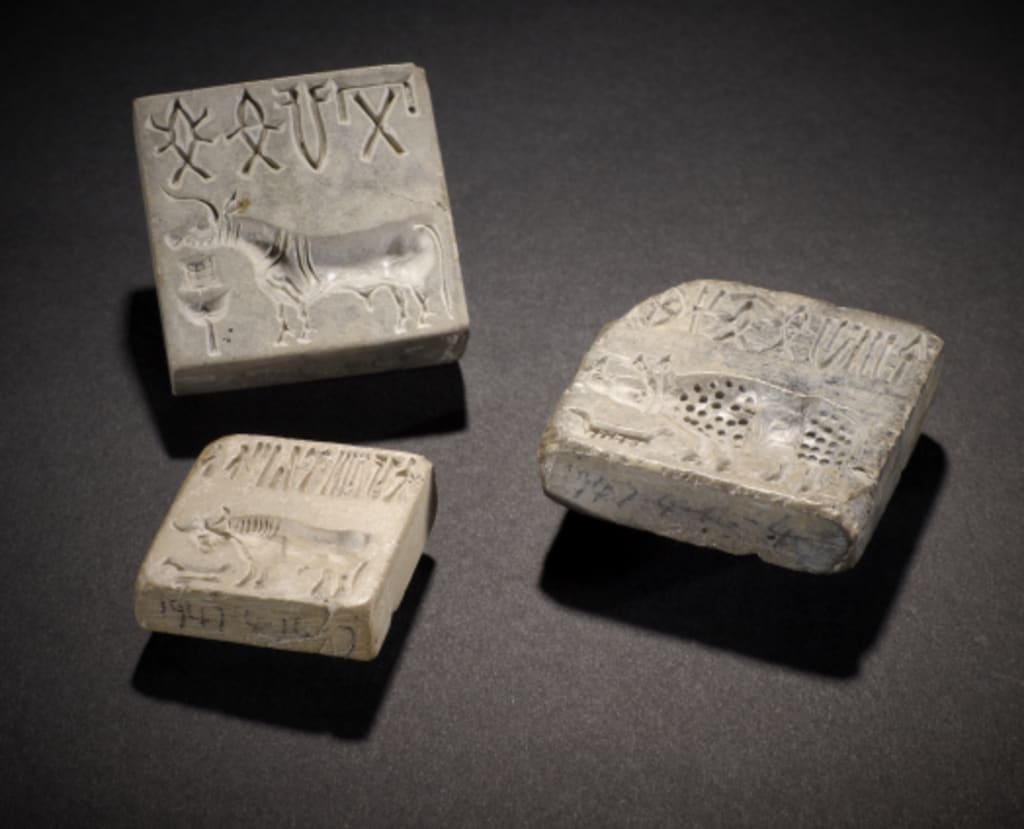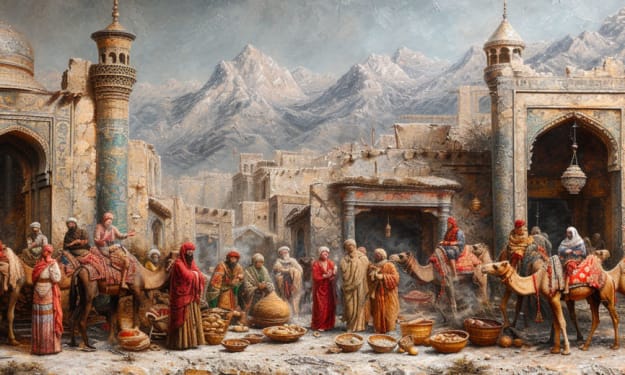Indus Valley Seals: The Enigmatic Artifacts of an Ancient Civilization
History

The Indus Valley Civilization, one of the world's earliest urban cultures, thrived around 3300 to 1300 BCE in what is now Pakistan and northwest India. Among its many fascinating artifacts, the small yet intricate seals discovered at various archaeological sites stand out as significant pieces of history. These seals, typically made of steatite, are not only beautiful works of art but also crucial to understanding the social, economic, and cultural aspects of this ancient civilization. This article delves into the origins, significance, and enduring mysteries of the Indus Valley seals.
The origins of the Indus Valley seals can be traced back to the early stages of the civilization, around 2600 BCE. These seals were primarily discovered in the ruins of major urban centers such as Mohenjo-daro, Harappa, and Lothal. Crafted with remarkable precision, the seals often feature a square or rectangular shape and are engraved with various symbols, motifs, and inscriptions. The most common material used was steatite, a soft stone that could be easily carved and then hardened through firing.
One of the most striking aspects of the Indus Valley seals is their intricate engravings. The seals typically depict animals, mythological creatures, and human figures, often accompanied by a script that remains undeciphered to this day. Commonly depicted animals include elephants, tigers, rhinoceroses, and the distinctive humped bull, which is a recurring motif. The presence of these animals suggests the significance of fauna in the Indus Valley culture, possibly indicating religious or societal symbolism.
The enigmatic script on the seals is one of the most intriguing aspects for researchers and historians. Despite numerous attempts, the script has not been conclusively deciphered, leaving much of the Indus Valley Civilization's language and communication methods shrouded in mystery. The script comprises various signs, symbols, and pictographs, which some scholars believe represent a form of proto-writing or an early stage of a full-fledged writing system. The ongoing efforts to decode this script continue to captivate the academic community.
The primary function of the Indus Valley seals is believed to be related to trade and administrative activities. These seals likely served as stamps or markers for authenticating goods, similar to modern-day trademarks or signatures. The widespread discovery of seals across different regions of the Indus Valley suggests a complex and well-organized trade network. The seals might have been used to secure cargo, mark ownership, or signify official approval, playing a crucial role in the economic life of the civilization.
Beyond their practical uses, the seals also provide valuable insights into the religious and cultural beliefs of the Indus Valley people. Many seals feature what appear to be deities or ritual scenes, hinting at the civilization's spiritual life. For instance, some seals depict a horned figure seated in a yogic posture, which some scholars interpret as an early representation of a proto-Shiva or a fertility deity. These religious motifs reflect the spiritual practices and beliefs that were integral to the Indus Valley society.
The artistic quality of the seals is another testament to the sophistication of the Indus Valley Civilization. The craftsmanship displayed in the intricate carvings indicates a high level of skill and artistic sensibility. The use of detailed iconography and the precision in depicting complex scenes and symbols suggest that the artisans of the Indus Valley were not only skilled craftsmen but also knowledgeable about the cultural and religious significance of their work.
The discovery of Indus Valley seals has also sparked discussions about the extent of interaction between the Indus Valley Civilization and other contemporary cultures. Seals with similar motifs and styles have been found in Mesopotamia and the Persian Gulf, indicating possible trade or cultural exchange between these ancient civilizations. These connections highlight the Indus Valley's role in the broader network of early urban cultures and its contribution to the development of ancient trade routes.
Despite their small size, the Indus Valley seals provide a wealth of information about this enigmatic civilization. They offer glimpses into the daily life, economy, religion, and artistry of the people who lived in the bustling urban centers of the Indus Valley. Each seal, with its unique combination of symbols and images, is a piece of a larger puzzle that researchers continue to piece together.
In conclusion, the Indus Valley seals are remarkable artifacts that encapsulate the ingenuity and complexity of one of the world's earliest civilizations. Their detailed engravings, undeciphered script, and potential uses in trade and administration make them invaluable to our understanding of the Indus Valley Civilization. As ongoing research and discoveries shed new light on these ancient objects, the seals remain a fascinating subject for scholars and enthusiasts alike, offering a tantalizing glimpse into a long-lost world.
About the Creator
Marveline Merab
“History never repeats itself. Man always does.”
― Voltaire
Enjoyed the story? Support the Creator.
Subscribe for free to receive all their stories in your feed. You could also pledge your support or give them a one-off tip, letting them know you appreciate their work.






Comments
There are no comments for this story
Be the first to respond and start the conversation.